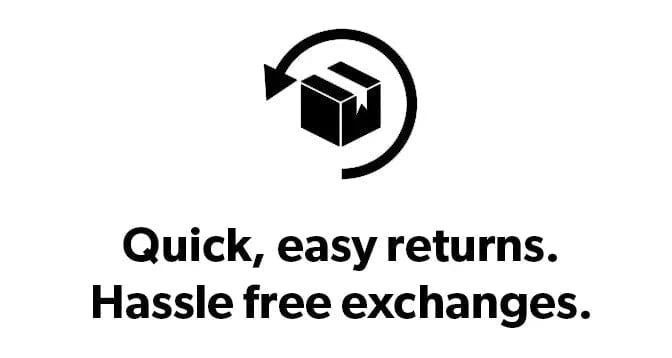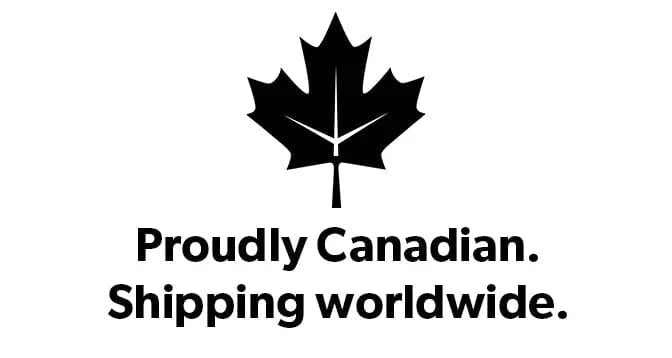
Over 30 years of pure hockey passion.
Fast shipping. Easy returns. Expert advice.
Hockey's best. Delivered to your door.
Free Shipping Over $200

Fast Easy Returns

Best Price Promise
The Bauer Supreme S27 Junior leg pad optimizes key features that were well recieved on the previous S170 Junior leg pad to better assist the younger goaltender. Through the use of upgraded materials and a slightly softer padding density than larger sizes within the line, the Supreme S27 Jr is sure to be a great option for #THSTykes looking to enjoy Bauer's newest innovations.
One of the most important things for little goaltenders is being able to put their pads on all by themselves. The CRS velcro strapping system on the Bauer S27 junior goalie leg pads helps out immensely by not requiring your tyke to fumble with leather straps and buckles.
The Supreme S27 Jr goal pads have also expanded their sizing compared to the S170 that they are replacing. The XS size has been added to allow for more serious youth goalies to upgrade to a stiffer and more robust pad earlier in their goaltending career. This smaller sizing also helps out quite a lot for goalies that are expected to have a later growth spurt but still need the quality of a junior leg pad.
The Bauer Supreme S27 Junior leg pad optimizes key features that were well recieved on the previous S170 Junior leg pad to better assist the younger goaltender. Through the use of upgraded materials and a slightly softer padding density than larger sizes within the line, the Supreme S27 Jr is sure to be a great option for #THSTykes looking to enjoy Bauer's newest innovations.
One of the most important things for little goaltenders is being able to put their pads on all by themselves. The CRS velcro strapping system on the Bauer S27 junior goalie leg pads helps out immensely by not requiring your tyke to fumble with leather straps and buckles.
The Supreme S27 Jr goal pads have also expanded their sizing compared to the S170 that they are replacing. The XS size has been added to allow for more serious youth goalies to upgrade to a stiffer and more robust pad earlier in their goaltending career. This smaller sizing also helps out quite a lot for goalies that are expected to have a later growth spurt but still need the quality of a junior leg pad.

Deciding your Goalie Pads size is crucial for having total control while moving in the crease. Sizing your pads properly is the difference between getting that perfect seal on your butterfly, and feeling clunky or unprotected in the net. Below we have compiled some information to better assist you in deciding which size is right for you.
Floor-To-Knee Measurement
Your Floor-To-Knee measurement will give you a good indication as to what "Pad Size" you will need. This measurement can be matched up with the provided sizing chart above.
How to Measure your Floor-To-Knee
What to look for when trying on your new pads.
Once you have your new leg pads, you’ll need to make sure they fit you properly. To do so, you’ll need to put the pads on with your skates. There a couple things to do to check size, once you have the pads on:
1. Stand straight and bring your feet together. This will show you the overall height of the pad, while on. Your pads should not be taller than your hips. Ideally you want the top of your pad at the half-way point of your thighs. A pad fitted for a young growing goaltender can be a little taller, so a little above the half-way point is normal.
2. Next you want to get in your stance, keep your hands in a ready position, and drop to your butterfly. Without moving your legs to correct your butterfly, bring your heels together. This is where you assess your knee position. For a proper fit, you want the middle of your knee to sit directly on the center of the knee stack. If you’re looking for growing room, you want the middle of your knee to land roughly 1.5” below the center of the knee stack (1” for JR).
Not getting a complete seal while in your butterfly?
If you're having trouble getting a full seal in your new pads, it may be the way you’re strapping them up. Make sure your boot strap and top straps (above knee) are loosened up a bit. The reason you want these straps loose is because they have a direct effect on the rotation of the pad. Having a loose boot strap makes it easy for your foot and ankle to rotate as the pad moves. Same goes for the top straps, as you don't want them pulling down too hard on the thigh rise.

Over 30 years of pure hockey passion.
Fast shipping. Easy returns. Expert advice.
Hockey's best. Delivered to your door.





















